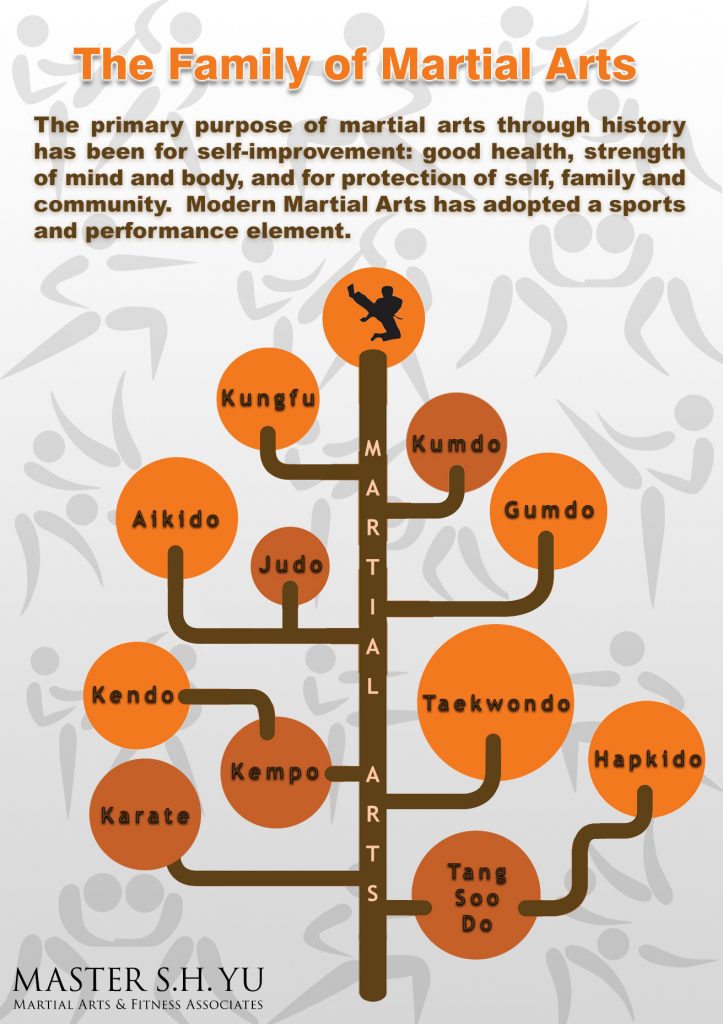Checking Out The Historical History And Approaches Of Martial Arts Weaponry Practice
Checking Out The Historical History And Approaches Of Martial Arts Weaponry Practice
Blog Article
Web Content By-Diaz Mcclure
Discover the old origins of martial arts tools training, forming fight strategies and discipline. https://rafaelkorka.sharebyblog.com/35271796/raise-your-self-confidence-and-boost-your-physical-fitness-degrees-while-grasping-essential-self-defense-abilities-learn-exactly-how-these-classes-can-favorably-influence-your-day-to-day-life-in-unexpected-ways like Egypt and China refined their skills with numerous tools like bows, staffs, swords, and nunchaku. Passed down via generations, traditional tools such as katana, nunchaku, bo staff, and sai use one-of-a-kind characteristics and methods. Modern tool training incorporates standard concepts with contemporary strategies, focusing on rate, precision, and adaptability. Enhance your fight skills by discovering the abundant history and varied methods of martial arts weaponry.
Old Beginnings of Defense Training
Exploring the ancient roots of tools training discloses the foundational principles that have formed martial arts methods for centuries. In ancient civilizations, weapons training wasn't just a means of fight but also a way to infuse self-control, honor, and regard. The earliest kinds of weapons training can be traced back to ancient Egypt, where soldiers were trained in the art of archery and spear fight. These abilities were crucial for safeguarding the kingdom and guaranteeing its success.
As worlds developed, so did the strategies and weapons made use of in training. In ancient China, martial arts specialists honed their skills with tools like the team, sword, and nunchaku. These tools weren't just tools for self-defense yet also signs of toughness and mastery. The training techniques were given from generation to generation, protecting the traditional strategies and philosophies.
Via the research of old tools training, contemporary martial musicians get a much deeper understanding of the self-control and dedication required to master these skills. By honoring the heritage of old warriors, experts continue to maintain the classic principles of martial arts.
Typical Martial Arts Weapons
The evolution of martial arts weaponry from ancient people to modern-day technique highlights the enduring relevance of typical weapons in fight training. Standard martial arts weaponry includes a vast range of devices such as the katana, nunchaku, bo team, and sai. These weapons have actually been passed down through generations, each with its unique attributes and strategies.
The katana, a typical Japanese sword, is recognized for its sharpness and accuracy in strikes. Nunchaku, including two sticks connected by a chain or rope, call for experienced handling for reliable fight. The bo staff, a lengthy stick normally made from timber, is versatile in both assault and defense maneuvers. The sai, a three-pronged steel tool, is experienced at capturing and blocking opponents' strikes.
Training with these standard tools not only develops physical fight skills however also cultivates discipline and focus. By grasping the methods of typical martial arts weaponry, practitioners can symbolize the rich history and society of martial arts while boosting their battle efficiency.
Techniques for Modern Weapon Training
Modern tool training methods stress versatility and efficiency in battle situations, blending traditional concepts with contemporary strategies for maximum efficiency. To excel in contemporary weapon training, concentrate on boosting your rate, accuracy, and versatility. Exercising with tools like blades, batons, and weapons needs grasping strategies that prioritize quick strikes and accurate defensive maneuvers.
Footwork plays an important function in modern-day tool training, enabling you to keep proper range from your opponent and promptly transition in between offending and protective stances. By incorporating fluid motions and fast footwork drills into your training program, you can properly avert strikes and launch counterblows with precision.
Additionally, modern tool training emphasizes the importance of situational recognition and tactical thinking. Understanding just how to examine martial arts and child development , identify vulnerabilities, and make use of openings in your opponent's protection is vital for success in combat situations. By developing your analytical skills and establishing a tactical way of thinking, you can exceed enemies and emerge successful in challenging circumstances.
Verdict
So there you have it! You have actually discovered the old origins of tools training, checked out traditional martial arts weaponry, and found techniques for contemporary tool training.
Currently head out there and exercise what you've learned, and come to be a master of martial arts weapons! Remember, the possibilities are limitless, and with devotion and method, you can come to be a weapon-wielding ninja quickly!
